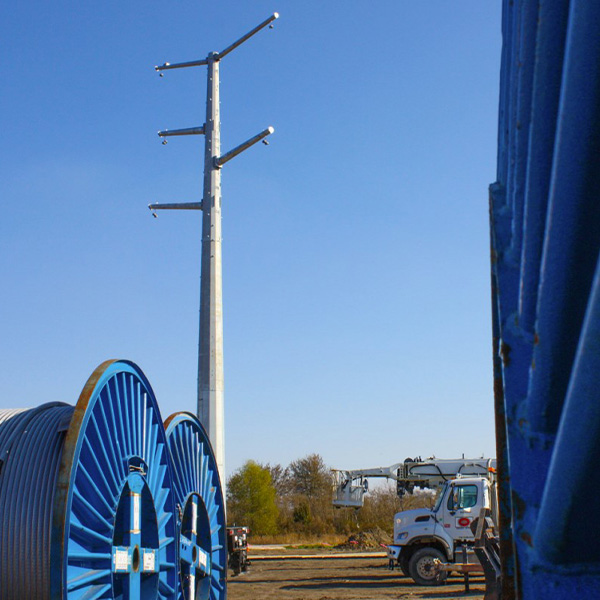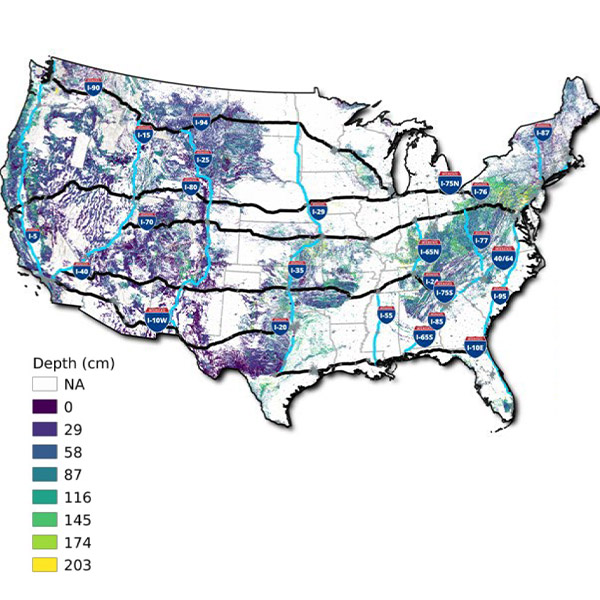Rob Gramlich
The return to demand growth in the electric power industry has been a major theme this year, and it dominated the discussion at NARUC's Summer Policy Summit.
FERC Order 1920 could help move the bar significantly on more efficiently expanding the transmission grid, but its ultimate success depends on how it and other policies are implemented, stakeholders say.
Angst over looming load growth, cost increases and reliability headaches headlined the 76th annual New England Conference of Public Utilities Commissioners Symposium.
The ultimate future of FERC Order 1920 depends on rehearing, implementation and inevitable litigation, but after reading through the order itself in the past week, many stakeholders see it as an important step forward in expanding the grid.
The ongoing turnover of the generation fleet to cleaner resources, the recent return of demand growth and the need to stitch all that together with transmission expansion all came up at the Energy Bar Association’s Annual Meeting.
FERC is set to vote on its long-awaited proposed rule on transmission planning and cost allocation for regional lines at a special open meeting May 13.
FERC appears to be nearing completion on its transmission planning rulemaking, with cost allocation rules and the federal ROFR among the issues at stake.
A growing chorus of stakeholders is hoping to see a final transmission planning rule from FERC sometime in the New Year, with a set of letters sent to the commission.
The study is intended to identify pressing transmission needs without offering specific solutions or taking into account federal and some state regulations.
The Department of Energy will put $1.3 billion into becoming the anchor off-taker for three interstate transmission projects totaling 3.5 GW of new transmission capacity.
Want more? Advanced Search









